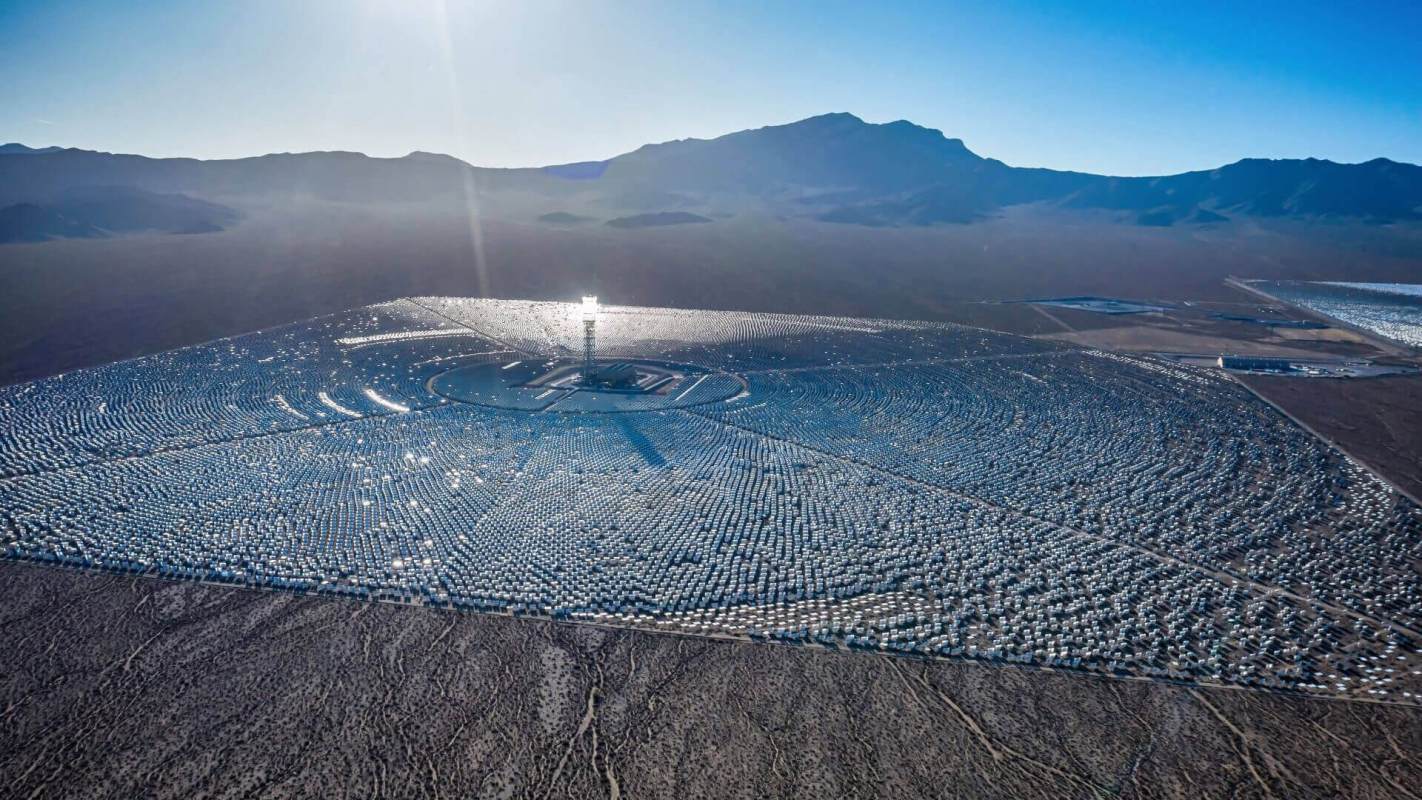The United States is a global leader in technology and innovation, but it didn't always prioritize environmentally friendly industries. Now, old polluted sites from the economy of the past, called brownfields, are being turned into brightfields, high-value sources of clean and cheap power.
What are brightfields?
The U.S. is littered with close to half a million brownfields, like landfills or closed coal plants, that are dirty and ripe for redevelopment. Luckily, many can be easily turned into brightfields — new solar farms atop these old sites.
Because many of these former industrial sites are already connected to our grid and are unshaded, they make excellent locations for new solar farms.
The bright future of brightfields
There are close to 500 projects across the country where brownfields have already been turned into brightfields, according to RMI, which has studied the future of brightfields.
RMI has also reported that the U.S. has about 190,000 potential sites for new brightfields, 10,000 of which are inactive landfills, representing an impressive amount of potential clean and cheap energy.
If these closed landfills alone were repurposed, we could power almost 8 million homes in the U.S. with clean energy. As RMI says in their report, America has "only just started to scratch the surface of what's possible for brightfields."
While the trend of repurposing brownfields is catching on, there's still a lot of work to be done. Right now, just three states, led by Massachusetts, have completed more than half of all brightfield projects.
But because of the newly passed Inflation Reduction Act, there are now tax credits available to repurpose brownfields into brightfields, with extra benefits if the brownfield is in a low-income area. For some sites, developers could get a 70% tax credit when developing brightfields.
It will also soon be easier to turn polluted sites into brightfields thanks to a brightfield project accelerator by Kansas State University and RMI that provides resources and technical assistance to groups revitalizing brownfields.
Prioritizing projects that produce cheap and clean energy for all Americans, especially those who have lived near old, polluted industrial sites, can help lead us to a brighter future.
"We're turning the negative of this landfill into a positive," says Efrem Jernigan, the president of South Union CDC, a community development nonprofit. Jernigan also lives near a developing brightfield site in Texas. "It should make the community a place of sunshine."
Join our free newsletter for weekly updates on the coolest innovations improving our lives and saving our planet.









